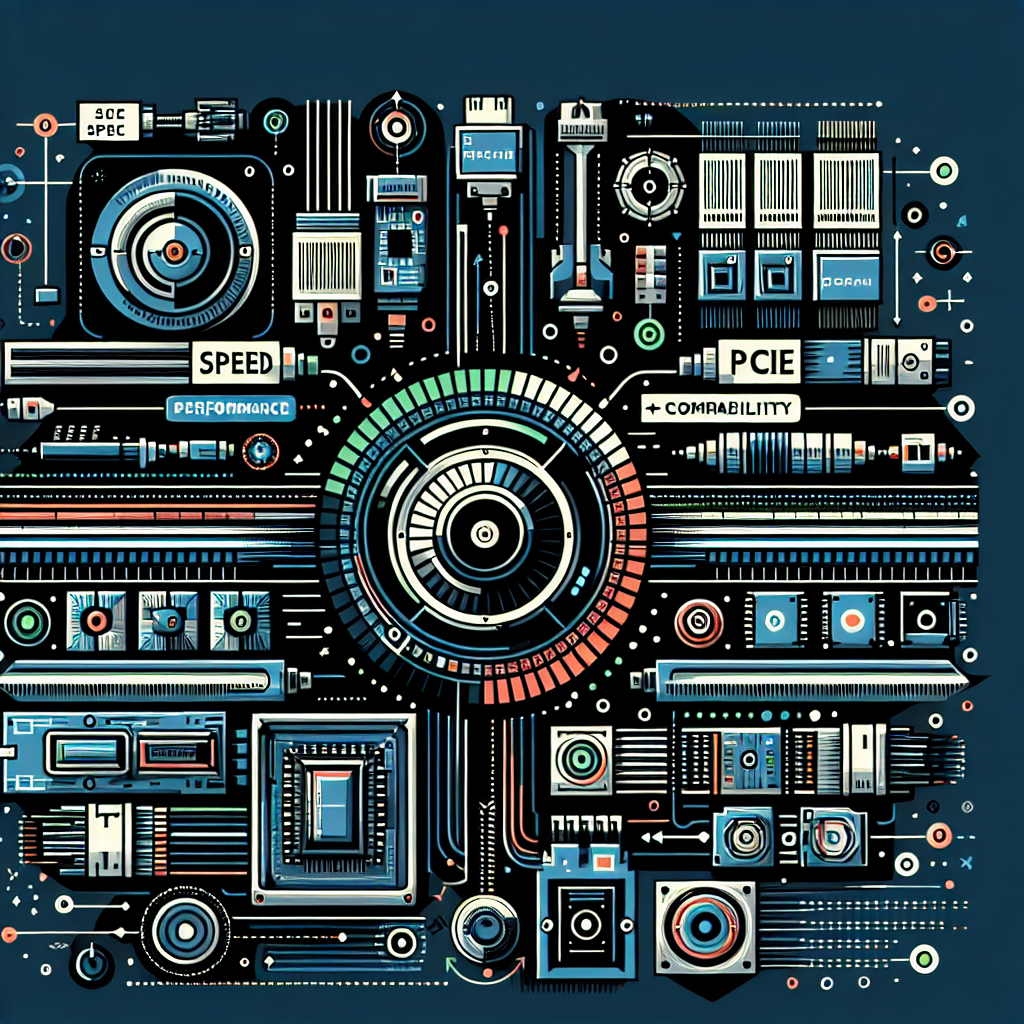PCIe vs. Other Connection Interfaces: A Comparison of Speed, Performance, and Compatibility
When it comes to connecting peripherals to a computer, there are a variety of connection interfaces available, each with its own set of benefits and limitations. One of the most popular connection interfaces for high-speed data transfer is PCIe (Peripheral Component Interconnect Express). In this article, we will compare PCIe with other connection interfaces in terms of speed, performance, and compatibility.
Speed:
One of the main advantages of PCIe over other connection interfaces is its high speed. PCIe offers significantly faster data transfer rates compared to other interfaces such as USB and SATA. PCIe 3.0, for example, can achieve speeds of up to 1GB/s per lane, while PCIe 4.0 can reach speeds of up to 2GB/s per lane. This makes PCIe ideal for high-performance applications such as gaming, video editing, and data storage.
Performance:
In addition to speed, PCIe also offers superior performance compared to other connection interfaces. PCIe is a point-to-point connection, meaning that each device has its own dedicated connection to the CPU. This allows for better performance and reduced latency compared to interfaces like USB, which are shared connections. PCIe also supports features like hot-swapping and lane aggregation, further enhancing its performance capabilities.
Compatibility:
When it comes to compatibility, PCIe is widely supported by a variety of devices and hardware components. Most modern motherboards come equipped with PCIe slots for connecting expansion cards such as graphics cards, network cards, and storage devices. PCIe is also backward compatible, meaning that newer versions of the interface can work with older devices. This makes PCIe a versatile and flexible connection interface for a wide range of applications.
In comparison, other connection interfaces like USB and SATA have their own compatibility limitations. USB, for example, is limited in terms of bandwidth and is more suited for connecting peripherals like keyboards, mice, and external storage devices. SATA, on the other hand, is primarily used for connecting internal storage devices like hard drives and SSDs.
In conclusion, PCIe stands out as a superior connection interface when it comes to speed, performance, and compatibility. Its high-speed data transfer rates, low latency, and wide compatibility make it an ideal choice for demanding applications that require high-performance connectivity. Whether you are a gamer, content creator, or IT professional, PCIe is the connection interface of choice for powering your devices and peripherals.


